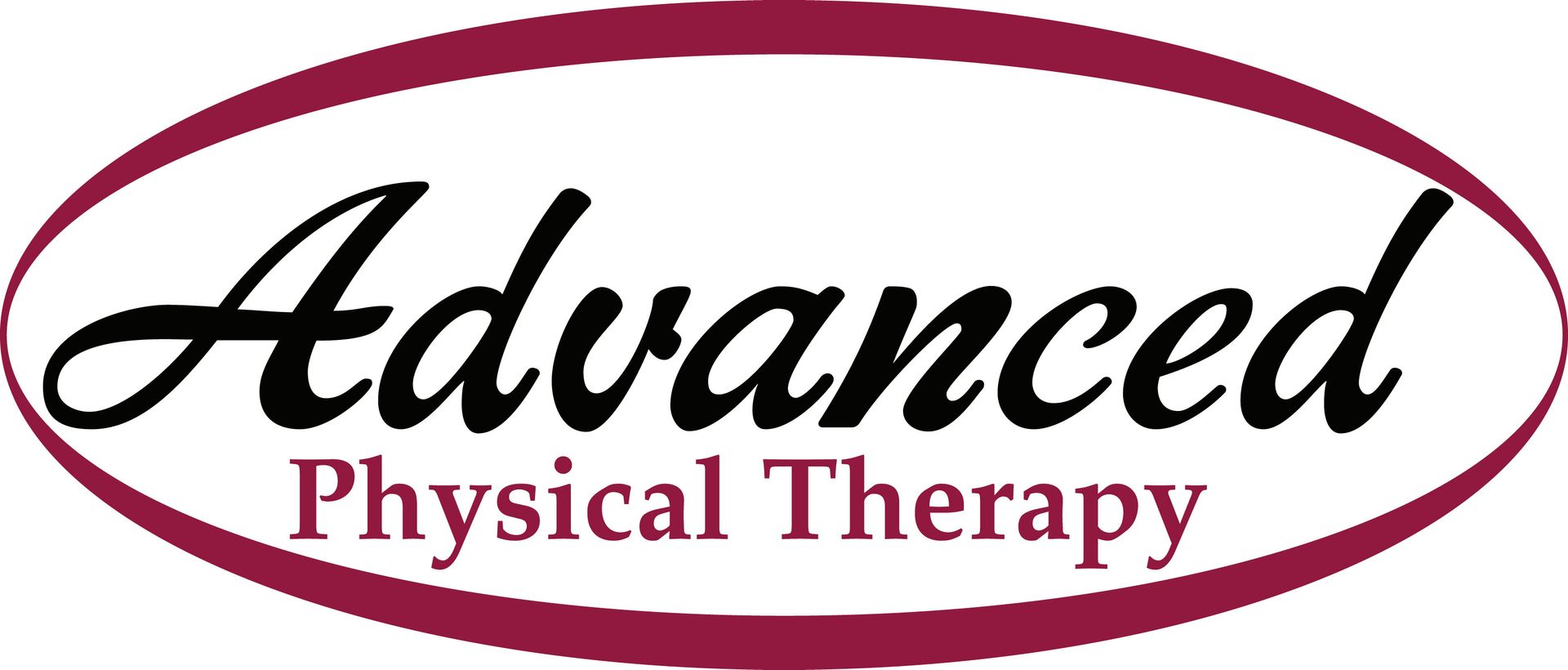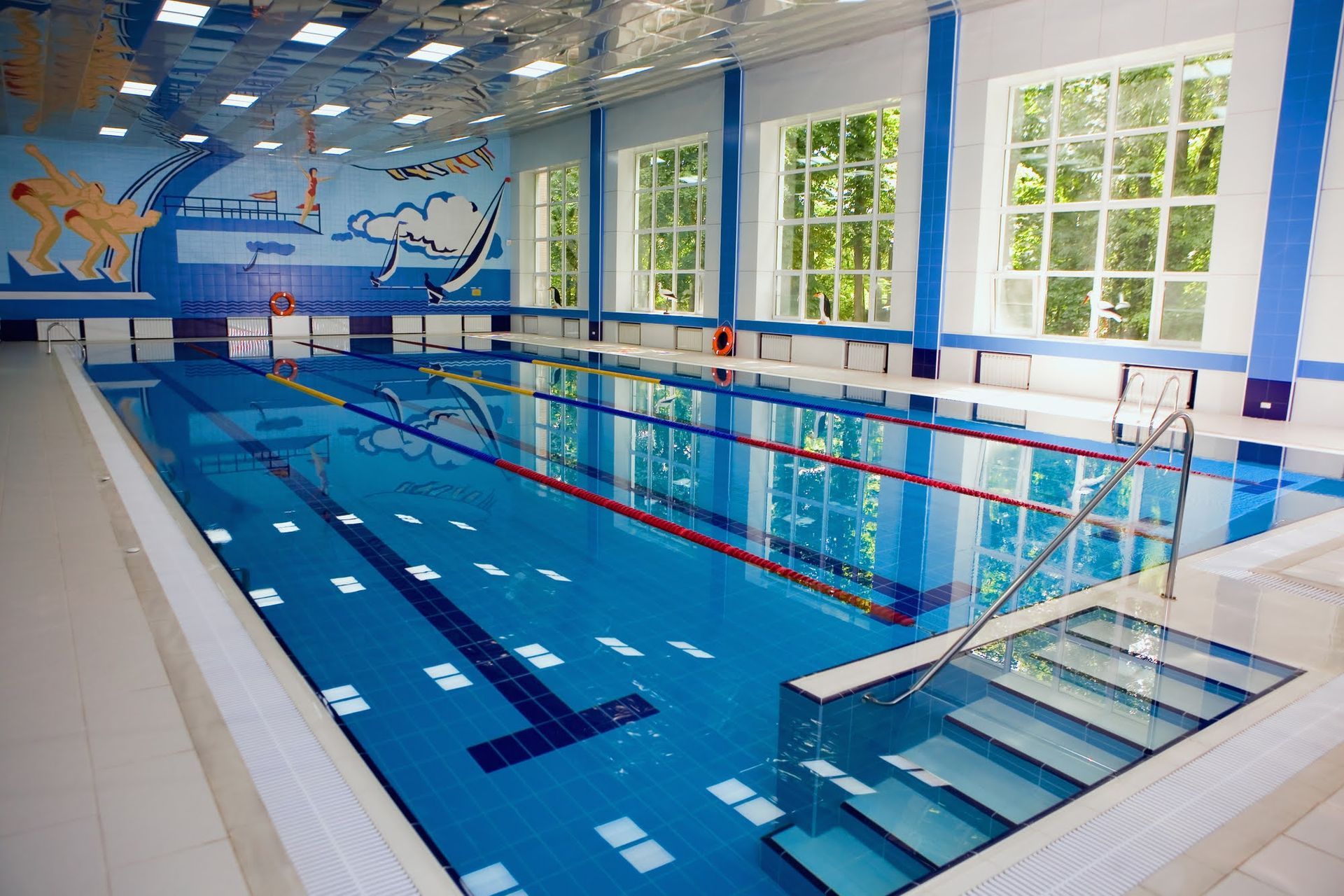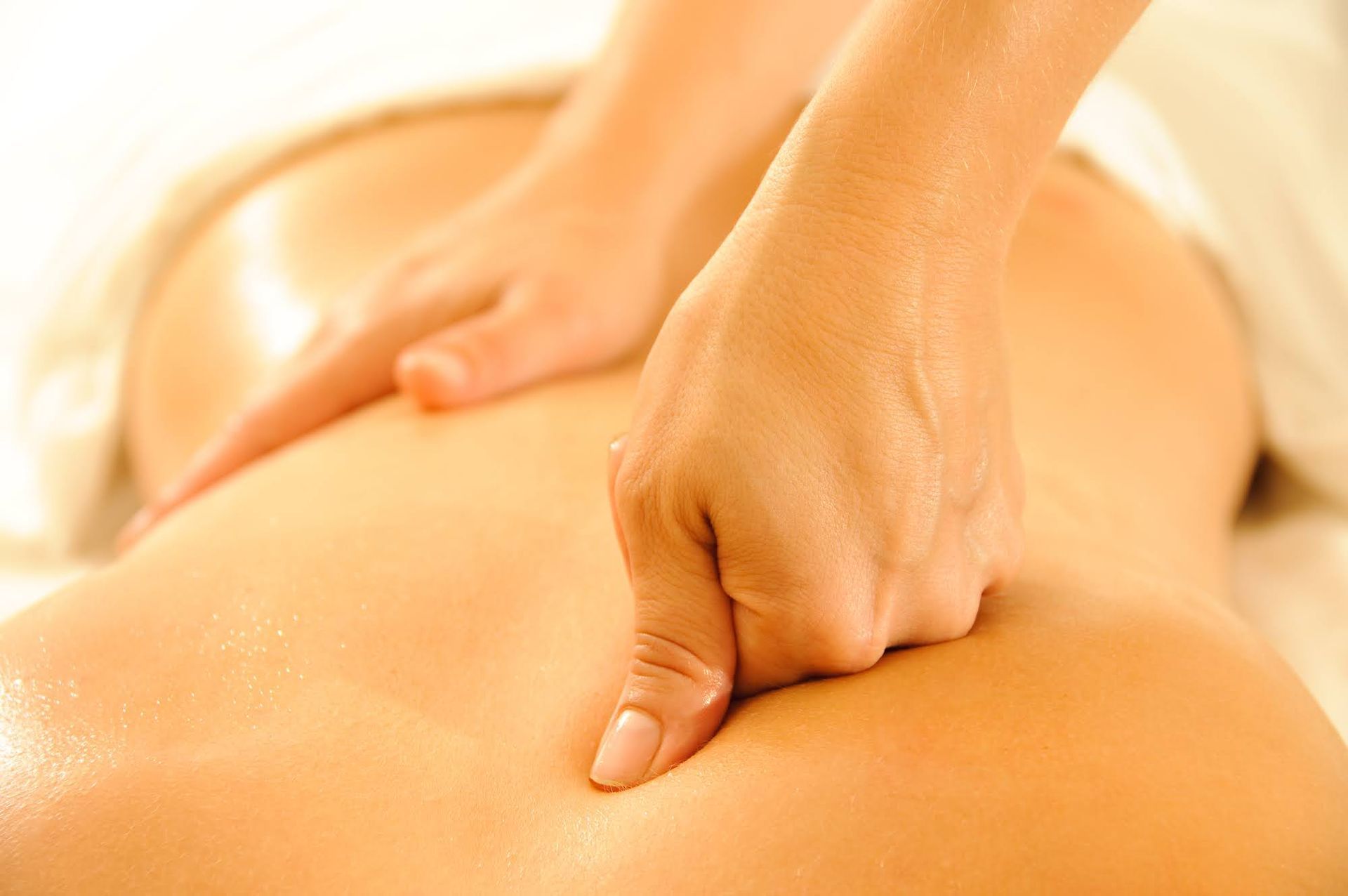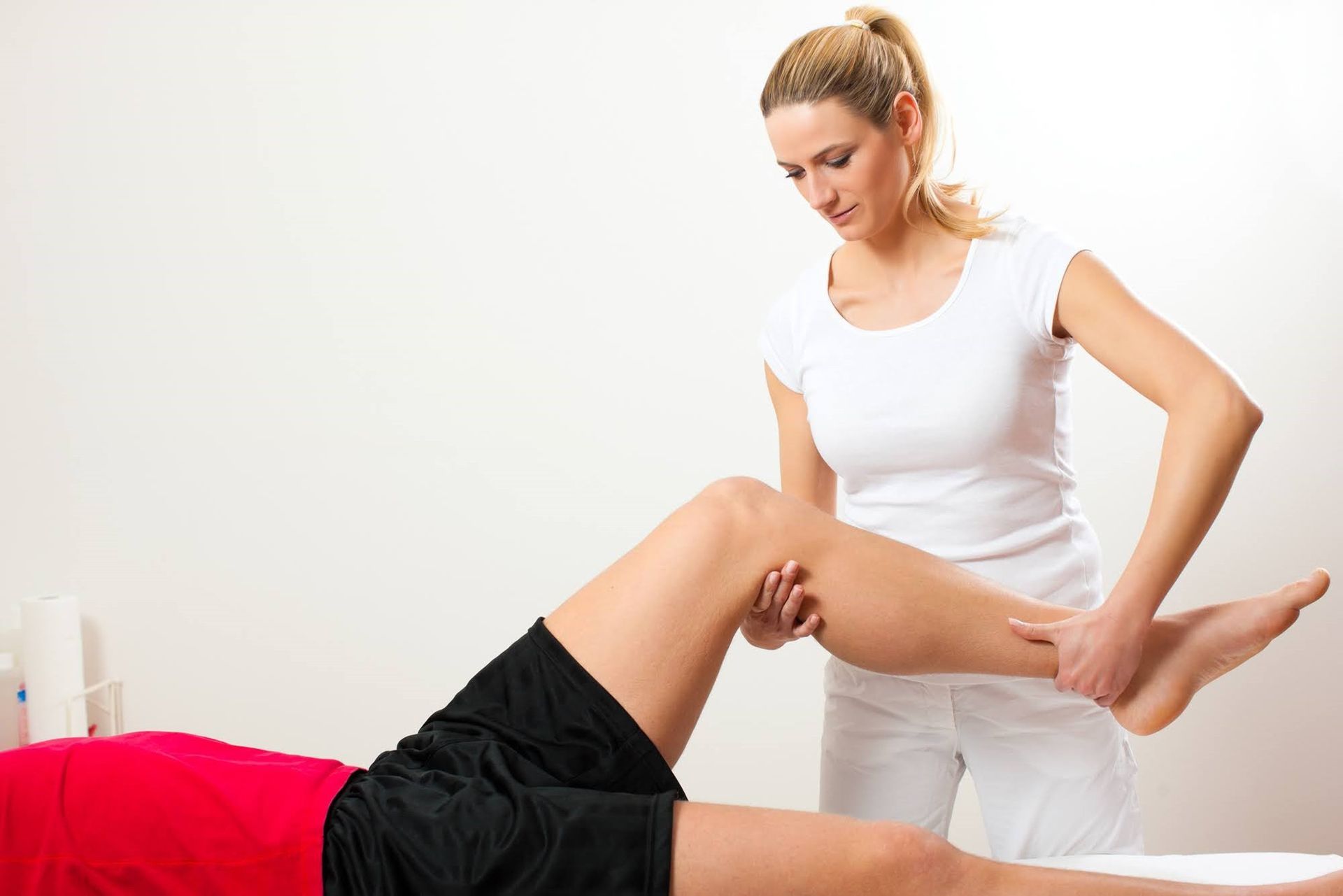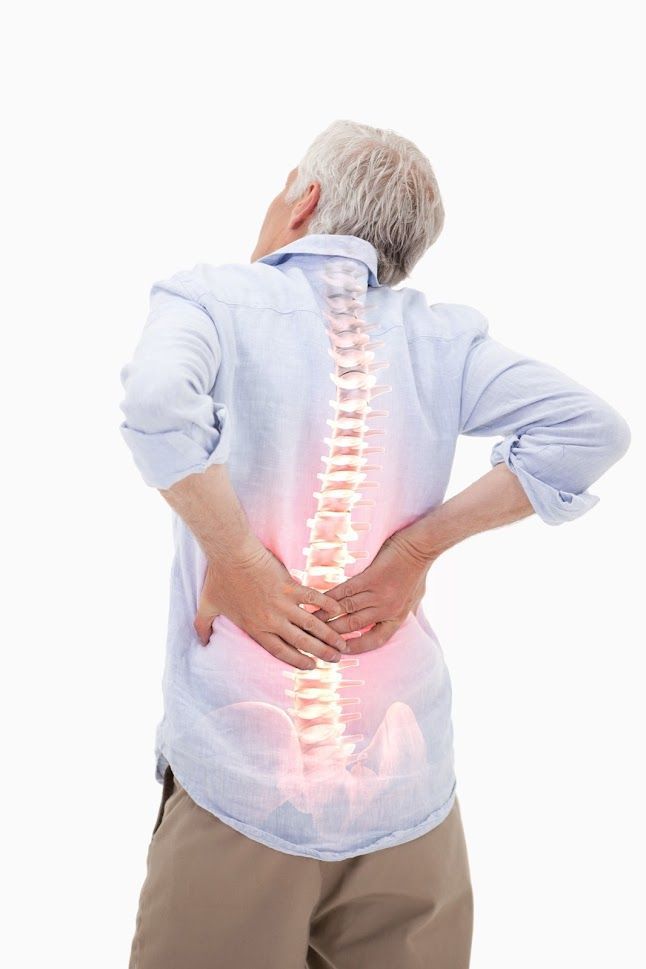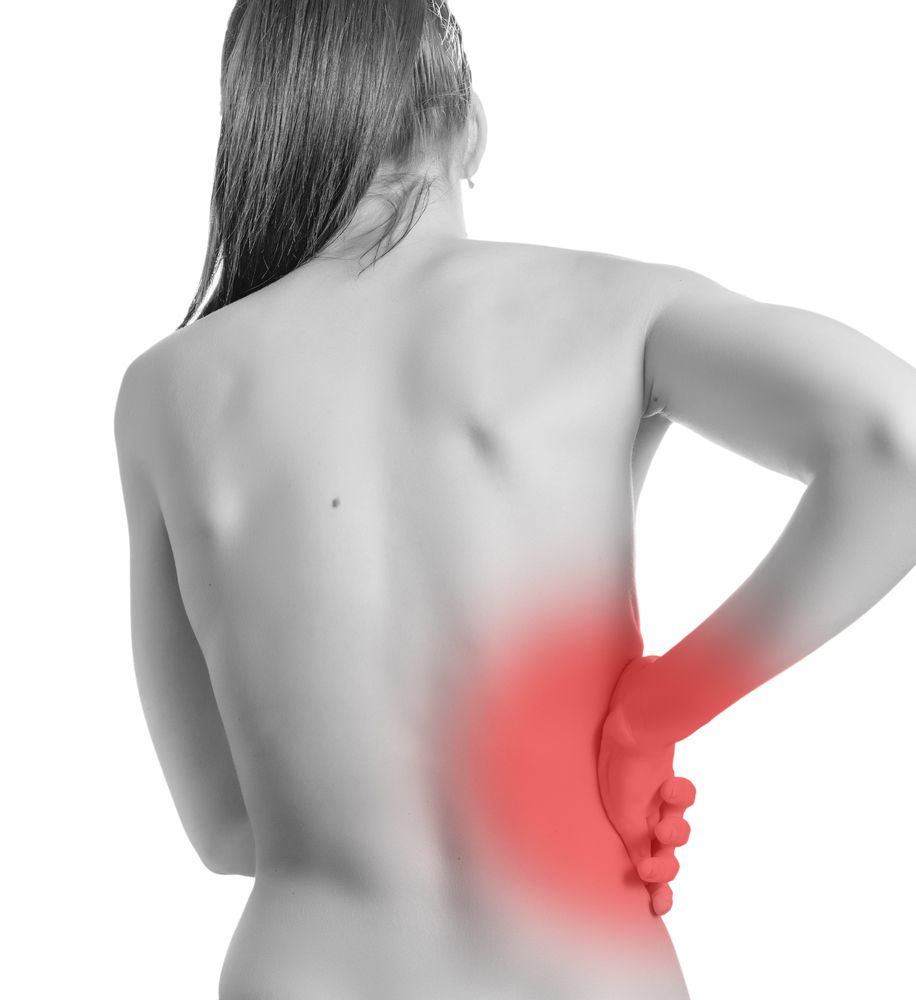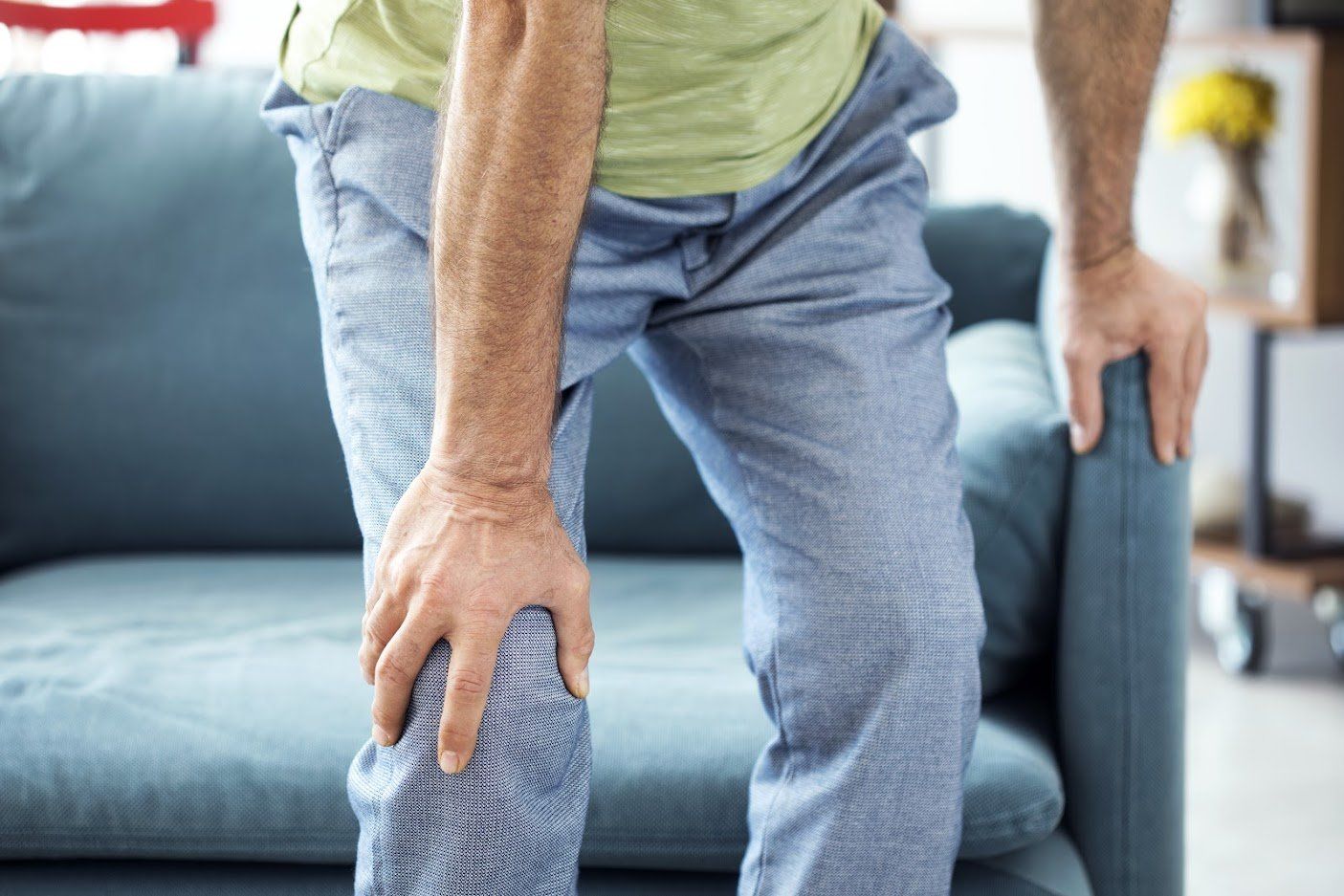Blog Layout
To the Pain: Understanding Physical Therapy Discomfort
Admin • Mar 26, 2020

The reasons why people need physical therapy vary. You might need therapy to help recover from whiplash after a car accident, while another person might need physical therapy after getting knee surgery for a torn ligament. Whatever the reason, people in therapy can probably all agree on something: it can be uncomfortable and even painful.
For many patients, beginning a new program of physical therapy can actually make sore muscles hurt even more. Some patients struggle with how challenging some exercises can be. Learn more about pain during physical therapy and what you can do to handle it.
What Causes Pain During Treatment?
During physical therapy, people can experience pain for a number of reasons.
First, if a condition or injury has caused you to reduce your activity level, your muscles will become sore if you increase the amount of work they do. Your physical therapist might have you lift a light weight to improve strength in an arm or leg that was injured. When you do this extra work, your muscles develop microtears. These heal, and your muscle becomes stronger.
During the strength-developing process, you can experience the pain of muscle fatigue and a condition called delayed-onset muscle soreness. This pain comes one or two days after the session, but it resolves with time. As you continue therapy, your muscles will get used to the work and become stronger, which means they will hurt less.
Another reason for discomfort during sessions is stiffness from injury. For example, a person who is recovering from shoulder surgery might not have full range of motion in the joint. The goal of therapy is to get back as much motion as possible. This might mean fighting through stiffness that came on while your shoulder was immobile during healing.
For patients with chronic pain, some of the movements your physical therapist prescribes might be challenging, especially at first. The pain isn't always directly caused from the movement itself. Chronic pain actually changes how you feel pain, with your body becoming very sensitive to anything that might cause an increase in painful stimulation.
However, you should understand that with therapy, chronic pain can go down, leading to a much better quality of life over time.
Finally, people often come to physical therapy afraid that they will experience excruciating pain. This fear causes increased tension and stress response, which increases pain during and after treatment. Relaxation, healing, and the recovery of natural movements and abilities are the goals of physical therapy.
How Can You Manage Discomfort?
You can help your body heal in a few different ways. To decrease discomfort during treatment, you can:
Keep going. Don't be tempted to quit physical therapy because the first one or two sessions caused soreness. Continued treatment will hurt less, and it will make daily pain from your illness or injury decrease over time.
Stay hydrated. Your body needs water to heal. Drink plenty of water, and try not to replace water with less beneficial fluids like soda, coffee, or energy drinks.
Use heat and cold for sore muscles.
After therapy, you might place a cold pack on your sore muscles or take a warm bath. Cold helps reduce inflammation, and heat helps to improve circulation. Both things can help with soreness.
You also need to make sure you get enough rest. Sometimes, pain can be a sign of pushing yourself too hard. Get plenty of sleep, and never try to do more than your physical therapist recommends. Doing too much too soon can make pain and injury worse.
How Do You Tell If Pain is a Good Thing or a Bad Thing?
Good pain is the pain you feel when stretching or even the fatigue-like burning you might get when lifting a weight a lot of repetitions. This pain can require some mental fortitude to overcome. However, physical therapy should never cause bad pain, and most people know the difference.
Tell your therapist if you have shooting, stabbing pain that prevents you from completing an exercise. Report things like tingling, pinching, or numbness.
For more information, contact
us at Advanced Physical Therapy.
Blog
Navigation
Contact Information
ADDRESS: 2127 Rhawn St, Philadelphia, PA 19152
PHONE:
(215) 742-8099
FAX:
(215) 742-1871
EMAIL:
[email protected]
HOURS OF OPERATION:
- Monday
- -
- Tuesday
- -
- Wednesday
- -
- Thursday
- -
- Friday
- -
- Saturday
- Closed
- Sunday
- Closed
Content, including images, displayed on this website is protected by copyright laws. Downloading, republication, retransmission or reproduction of content on this website is strictly prohibited. Terms of Use
| Privacy Policy
Contact Information
ADDRESS: 2127 Rhawn St, Philadelphia, PA 19152
PHONE: (215) 742-8099
FAX: (215) 742-1871
EMAIL: [email protected]
HOURS OF OPERATION:
PHONE: (215) 742-8099
FAX: (215) 742-1871
EMAIL: [email protected]
HOURS OF OPERATION:
- Monday
- -
- Tuesday
- -
- Wednesday
- -
- Thursday
- -
- Friday
- -
- Saturday
- Closed
- Sunday
- Closed
Content, including images, displayed on this website is protected by copyright laws. Downloading, republication, retransmission or reproduction of content on this website is strictly prohibited. Terms of Use
| Privacy Policy

